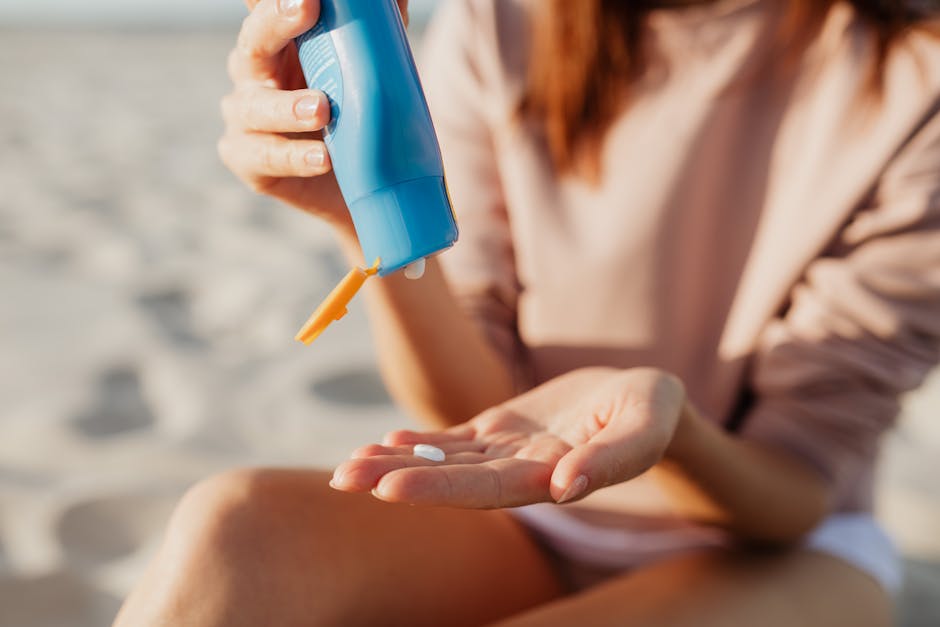How to transition your skincare routine for summer
As temperatures climb and humidity levels rise, your skin's needs shift significantly. The products that worked well during the colder months may feel too heavy or even clog your pores when summer sets in. Increased UV exposure, sweat, and environmental pollutants can also contribute to breakouts, uneven tone, and dehydration if skincare isn’t adjusted accordingly.
Transitioning your skincare routine for summer is not just about lighter textures but also about protecting your skin barrier and preventing long-term damage. A smart seasonal switch helps manage oil production, reduces the risk of sun damage, and ensures skin stays healthy and balanced through the hottest months. Making small, evidence-based adjustments to your routine can help maintain healthy, radiant skin throughout the summer.
Switch to Lighter, Hydrating Formulas
Increased heat and humidity mean your skin produces more oil, which makes thick creams unnecessary and potentially problematic. During summer, it’s better to opt for lightweight moisturizers and serums that deliver hydration without adding heaviness.
- Choose gel-based or water-based moisturizers, these absorb quickly and help prevent clogged pores. Look for ingredients like glycerin, hyaluronic acid, and panthenol.
- Cut back on heavy occlusives like petrolatum or mineral oil unless prescribed for specific skin conditions like eczema.
- Apply each product in order, begin with a hydrating toner or essence, then add a serum, and finish with moisturizer, letting your skin absorb each layer before moving to the next.

According to board-certified dermatologist Dr. Shereene Idriss, maintaining hydration is still crucial in summer because air conditioning can be dehydrating, despite the increase in environmental moisture (healthline.com).
Prioritize Broad-Spectrum Sun Protection
If there’s one non-negotiable step in your summer skincare routine, it’s sunscreen. UV exposure increases dramatically during the warmer months and is one of the leading causes of premature aging and hyperpigmentation.
- Use a broad-spectrum sunscreen with SPF 30 or higher daily, even on cloudy days or when indoors near windows.
- Reapply every two hours when outside or perspiring. Consider using SPF sprays or powders for easier touch-ups.
- Setting sprays with SPF offer added sun protection without affecting your makeup.
The American Academy of Dermatology recommends mineral sunscreens (those containing zinc oxide or titanium dioxide) for sensitive skin types due to their lower risk of irritation (aad.org).
Reevaluate Your Cleansing Routine
Sweat, sunscreen buildup, and increased sebum production can lead to clogged pores and breakouts if not properly cleansed. Updating your cleansing strategy helps maintain clear skin throughout the season.
Consider these updates:
- Double cleanse at night:Use an oil-based cleanser to break down sunscreen and makeup, then wash with a mild foaming cleanser to clean the skin without drying it out.
- Avoid over-cleansing: Washing too frequently can compromise your moisture barrier. Stick to twice a day, morning and night.
- Look for calming ingredients: Chamomile, green tea extract, and allantoin help soothe sun-exposed or irritated skin.
For acne-prone skin, using salicylic acid or benzoyl peroxide in controlled amounts can reduce breakouts while minimizing dryness.
Modify active ingredients according to individual sensitivity.
Many active ingredients used during winter (like retinoids or strong exfoliants) can increase photosensitivity when exposed to intense sunlight. That doesn’t mean eliminating them entirely but rather using them strategically.
- Reduce frequency:To minimize irritation during summer, limit retinol use to two or three nights a week instead of applying it nightly.
- Use exfoliants moderately: AHAs like glycolic acid should be used less often due to their tendency to make skin more sun-sensitive. Opt for gentler BHAs like salicylic acid if needed.
- Apply actives at night only: Avoid applying these before going out in the sun. Always follow up with sunscreen the next day.
A study in the Journal of Clinical Aesthetic Dermatology found that using retinoids alongside daily sunscreen effectively minimizes sun-induced skin damage while maintaining treatment effectiveness.ncbi.nlm.nih.gov).
Simplify and Stay Consistent
Simplifying your skincare routine helps avoid product overload that could lead to irritation or product pilling, especially common in hot weather. Stick to the basics (cleansing, hydrating, and protecting) for steady, reliable skincare results.
- Avoid layering too many serums:This matters most when you're outside, where sweating can lead to product buildup on your skin.
- Keep blotting papers handy: Rather than over-washing oily areas mid-day, use blotting sheets to remove excess shine without stripping moisture.
- Treat seasonal concerns:Melasma often flares up in summer, but consistent use of niacinamide alongside sunscreen can help manage pigmentation safely.
A minimalist approach supported by clinical research shows better results over time because it supports the skin barrier rather than overwhelming it with constant change (dermatologytimes.com).
Tweak Your Diet and Lifestyle for Support
Your skincare routine doesn’t exist in isolation, what you consume also plays a role in how your skin reacts during summer. Staying hydrated from within and supporting your body’s response to heat will reflect positively on your skin’s condition.
- Increase water intake: Dehydration leads to dullness; aim for at least eight cups daily depending on activity level and climate.
- Add antioxidant-rich foods: Berries, tomatoes (rich in lycopene), green leafy vegetables support natural UV defense mechanisms.
- Avoid excessive sugar and dairy:Harvard Health Publishing and other dermatological sources identify these as common acne triggers in hot weather.
After swimming or spending long hours outside, rinse your skin thoroughly and use a ceramide-based moisturizer to help restore its protective barrier.
The transition from winter to summer requires more than just switching a cream or two, it’s about understanding how environmental stressors shift with the season and adjusting accordingly. Prioritizing lightweight hydration, consistent sun protection, carefully selected actives, and a science-backed routine helps restore and maintain your skin’s natural balance. With these habits in place, you're not just maintaining appearances, you’re investing in long-term skin health that stands up to every season ahead.